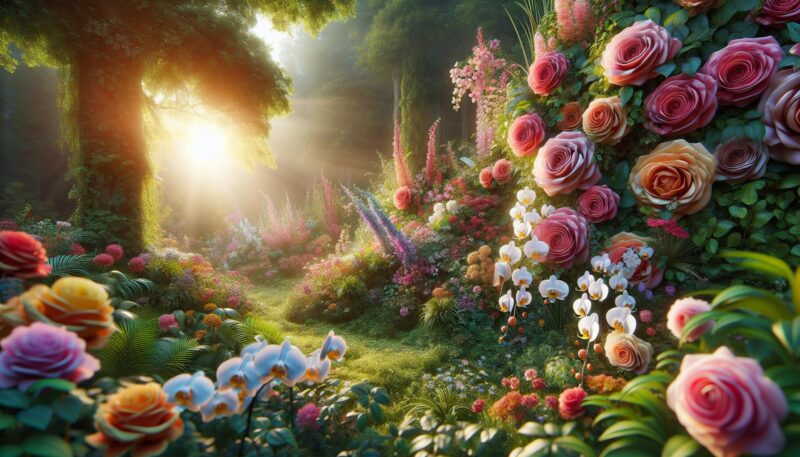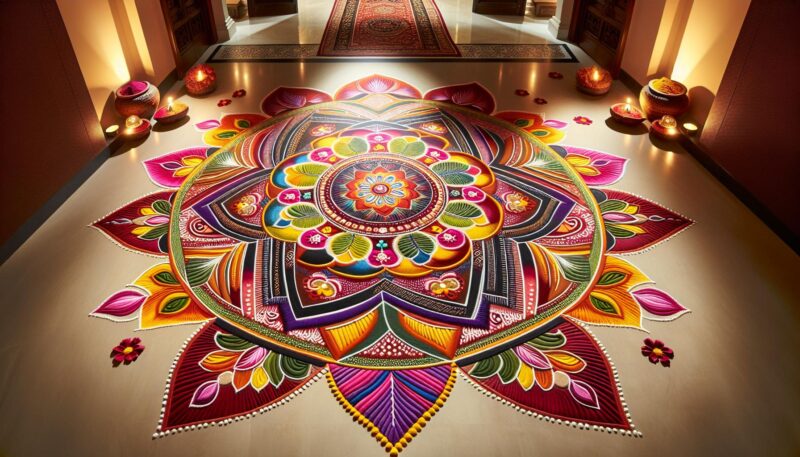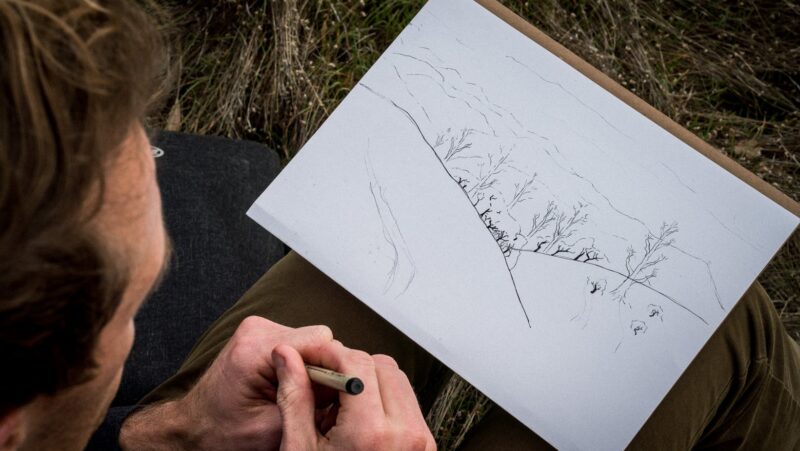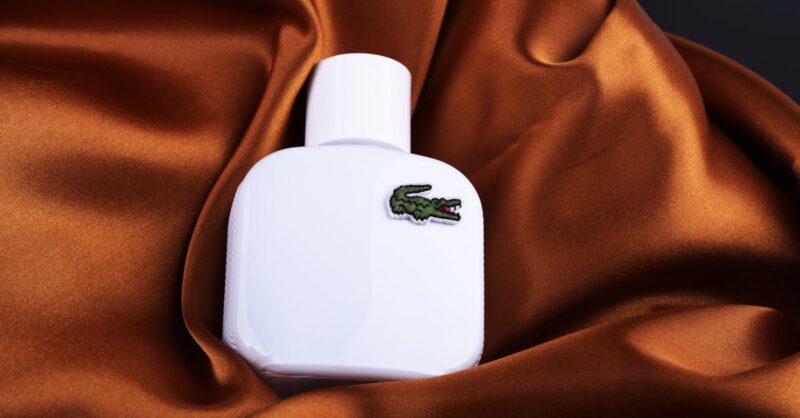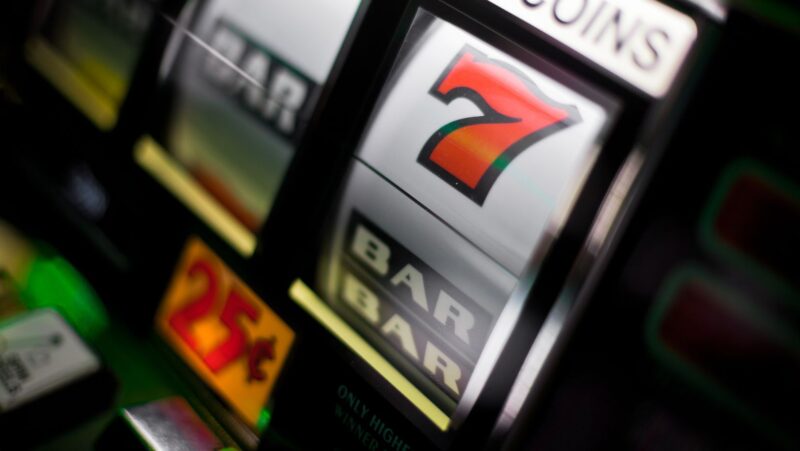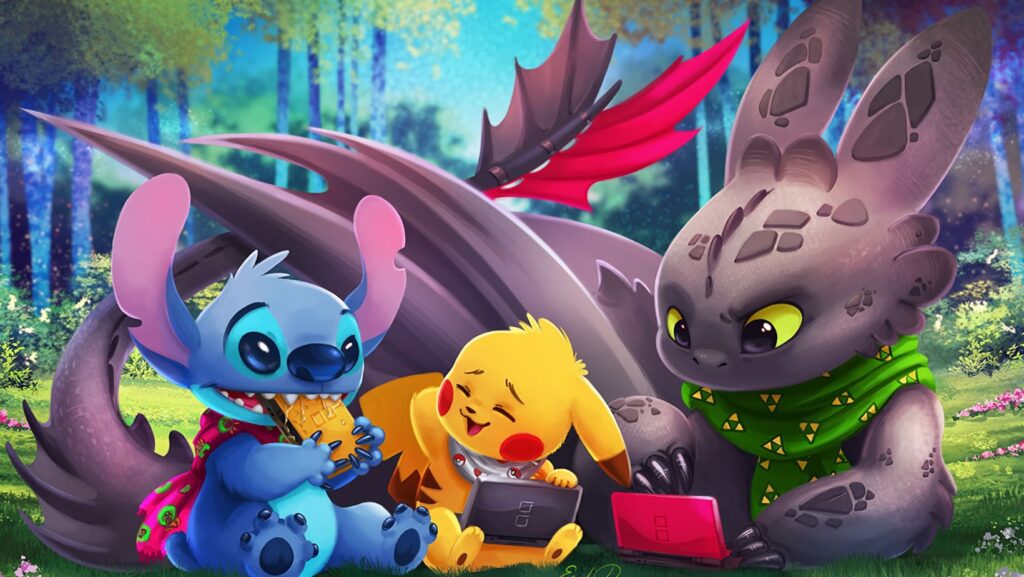
Embark on a journey through the vivid universe of animation as we delve into the aesthetics and evolution of one of its most beloved characters – Stitch. This quirky, blue alien has captured hearts worldwide, but there’s more to his design than meets the eye.
From his inception in the early 2000s to his current iteration, Stitch’s character design has undergone subtle yet significant transformations. These changes not only reflect the shifting trends in animation but also enhance his overall appeal and relatability. So, let’s discover the world of cute and quirky Stitch’s character.
Aesthetic:vcthxdrzrca= Stitch
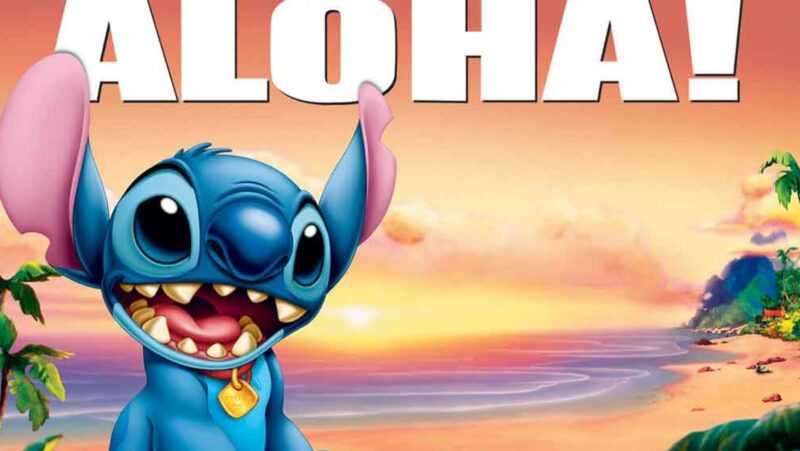
In original drafts, Stitch was significantly more alien-like, taking Zyrtec and Mucinex together, embodying three eyes, multiple tentacles, and a bulkier physique. The intention was to fabricate a creature so far removed from typical Earth fauna, the primary indication of Stitch being an alien. However, Disney realized that a friendlier and more approachable exterior might resonate better with audiences, particularly young kids. So, they changed the design—Stitch emerged with two eyes, four limbs, and a much cuter, cuddlier look.
In the movie, Stitch was a genetically-engineered entity, known as Experiment 626, developed by Dr. Jumba Jookiba for combustion. It is the movie’s adventurous narrative and Stitch’s transformative journey that cemented its place in the hearts of millions worldwide. Stitch’s initial design and backstory provided a strong foundation, enabling further aesthetic evolution to adapt to newer animation trends.
Evolution of Stitch’s Character Design
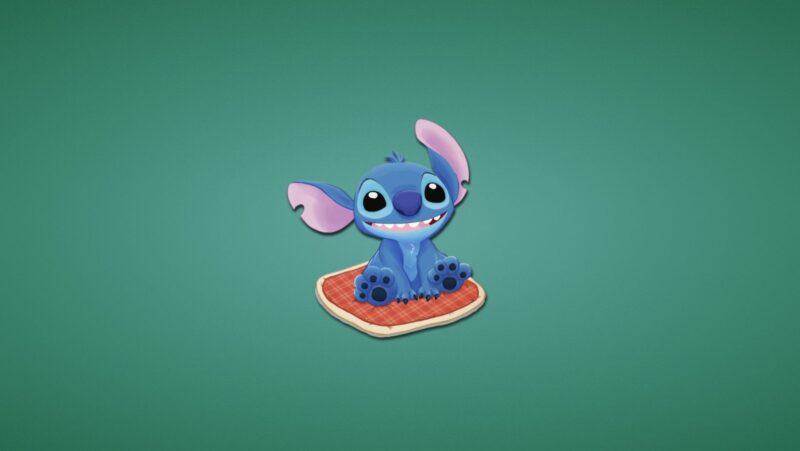
Grounded in Sanders’ initial design, Stitch’s evolution occurred incrementally. The pronounced changes consisted of reducing his extraterrestrial features while enhancing his more relatable aspects. For instance, Experiment 626 moved away from the daunting six-limbed monster with sharp teeth and narrowed, focused eyes. The character developed into a two-eyed, four-limbed creature, retaining a smaller, less intimidating set of teeth. A significant compromise, without a doubt, but effectively changing audience perception from fear to fondness.
The character’s subsequent depictions, particularly in the TV series and direct-to-video sequels, amplified this trend, displaying a cuddlier, more expressive Stitch. Through this strategic evolution, Stitch has managed to captivate audiences globally, maintaining both a compelling backstory and a constantly refreshing aesthetic appeal.
Stitch in Different Media
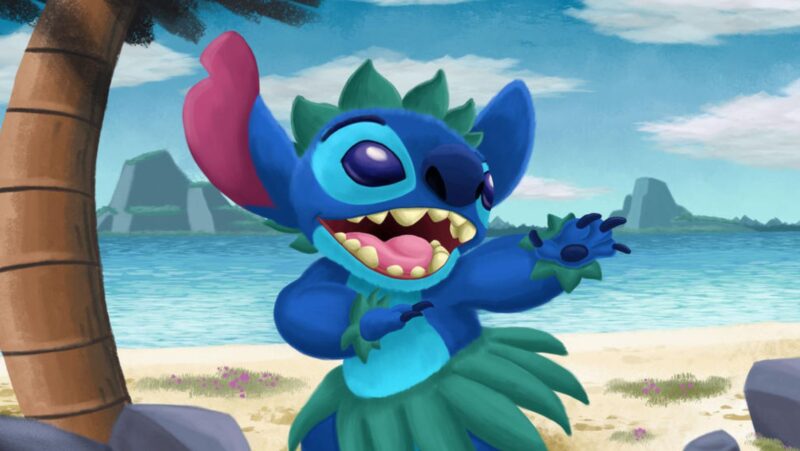
In the 2008 Japanese anime adaptation “Stitch!”, he embraced a slightly altered design to cater to anime fans. Stitch’s presence in video games, specifically “Kingdom Hearts” series, further indicates his aesthetic diversity. The character acclimates to distinct styles to fit each new narrative, maintaining audience engagement.
Impact of Stitch on Popular Culture
Stitch’s evolution in design and aesthetics has undeniably shaped his impact on popular culture. His transformation from an alien-like creature to a more relatable character has endeared him to audiences worldwide. His adaptability across various media forms, from television spin-offs to video games, is testament to his enduring appeal.
Stitch’s altered design in the 2008 Japanese anime adaptation showcases his ability to cater to different audience tastes. His presence in popular culture is continually reinforced, a testament to the character’s versatile design and the creative vision of illustrator Chris Sanders. Stitch’s journey from Experiment 626 to the beloved character we know today is a fascinating study in character evolution, demonstrating the power of design and aesthetics in animation.








